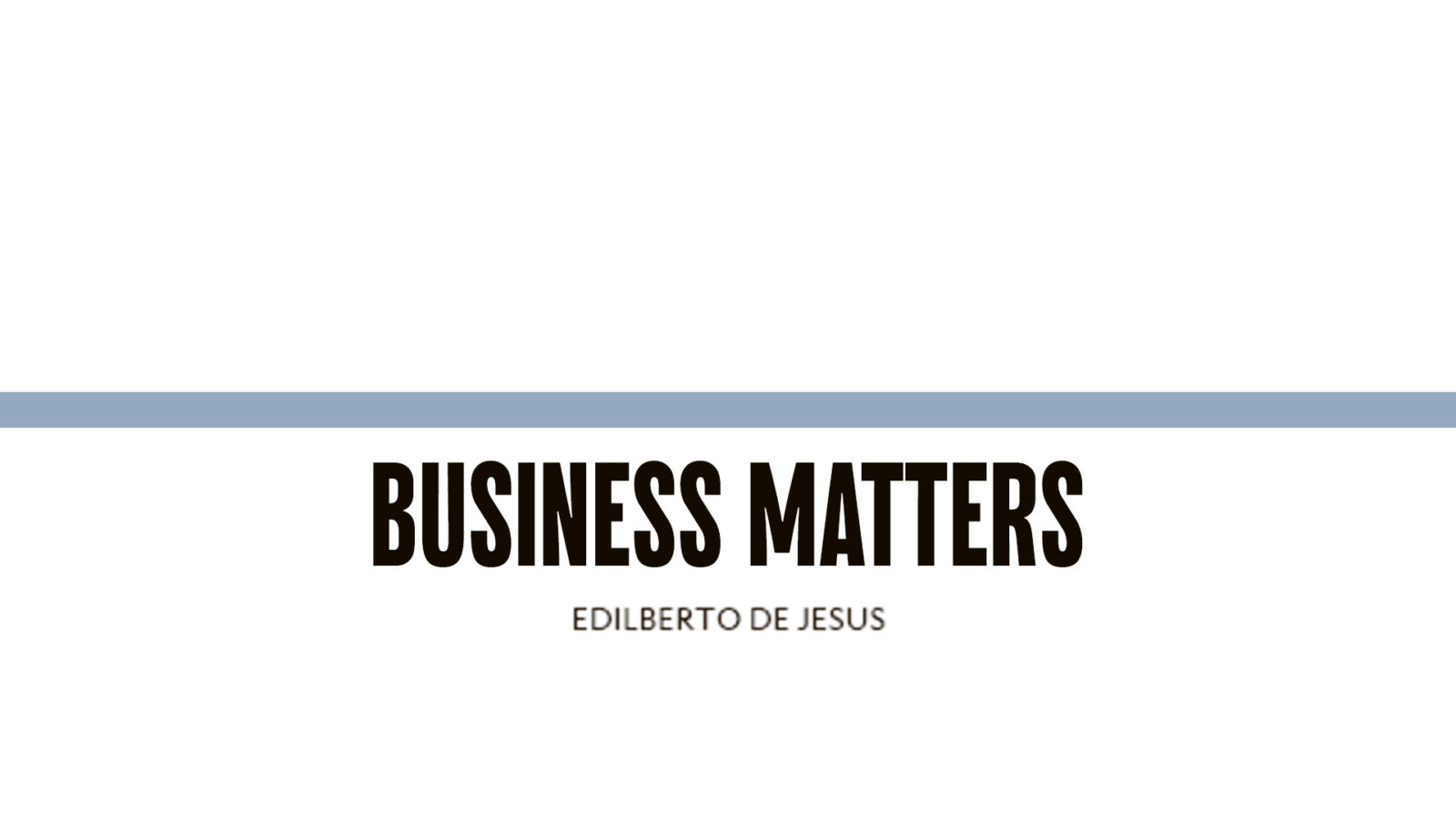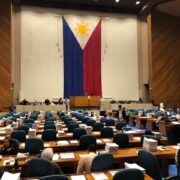Pain relief

After launching medium-term, big-ticket items, such as the school-building program, the Department of Education (DepEd) has moved to more modest initiatives. Including the planned 57 percent reduction in the 174 school forms that nearly half of all teachers reportedly devote over 50 hours a week to complete. Assuming needed information is retained in other reports, this step immediately improves the lives of teachers and supervisors who must at least acknowledge, if not actually read or analyze, the forms. Instant relief, as when pebbles are shaken out of one’s shoes.
DepEd has also presented for discussion the design for the Strengthened Senior High School Program (SSHSP), a welcome response to complaints widely expressed in the last few years. SHS teachers, students, and parents complained about too many subjects taking too much time in the class schedule. Higher education levels complained that many SHS graduates lacked the academic competencies needed for post-K-12 education. Companies that hired them complained about their shortage of the “soft skills” and work habits that employees need. The underlying source of shared discontent was the overloaded curricula imposed on students.
Compared to removing redundant forms, discarding curricular subjects involve dislodging bigger, more deeply embedded pebbles. But the demand of the K-12 reformers is quite modest. They seek mainly a simplified curricula that would give students more time to master foundational skills in English, math, and the sciences. Additional benefits would be a bonus. But it is not necessary to promise that SSHSP will “harness the totality of the Filipino,” an “overarching goal” not easy to understand. All the four subgoals listed under “totality” have been long-desired objectives: empower graduates for employment; enhance work immersion program for SHS learners; fund and support the assessment and certification of our SHS-TVL graduates. But the fourth item, “decongest the curriculum,” is the acid test and, arguably, a condition for achieving the other three. Its fulfillment will serve as the measure of SSHSP success.
Fortunately, DepEd described its decongestion strategy. It calculated the reduction of subjects that will follow from reconfiguring tracks, strand, electives and class hours in the original curriculum. But “streamlining” involved both reducing and increasing the curricular load requirements. This helpful, honest admission leaves unclear the results that will be achieved, especially since the final count will depend on choices made by teachers and students.
The SSHSP cut 60 percent of the required subjects from 31 to 12. But it also doubled the time requirement of 11 of these core and elective courses from 80 to 160 hours, raising the equivalent hour-load back to 23 subjects (12 plus 11). It also ramped up the Capstone course from 320 to 640 hours, or the equivalent of four to eight subjects. At the lower level, the SSHSP load drops to 27 courses (23 plus 4). At the higher level, the subject count would remain at the starting point of 31 (23 plus 8). Thus, raw numbers do not show big gains on decongesting the curriculum to give more time for English, math, and the sciences. Nor will redefined core and elective subjects and new course titles tell us what competencies students can hope to learn and whether these will adequately serve their needs.
Recall that education reformers in the 1930’s decided to move from a K-11 to a K-12 system by reducing the existing elementary cycle from seven to six years and adding two years to the four-year high school. Battered by World War II, the newly independent republic dropped Grade 7 in public schools in 1946, forcing most private schools to follow suit. The six-year high school came only in 2013. But by the ‘80s, DepEd was trying to cover in 10 years materials that most countries studied in 12. This effort to prepare students for further education or employment burdened post-secondary students with remedial English, math, and science prerequisites difficult to complete within the normal college cycles. But K-23, the response to curricular congestion, brought no relief.
Why and how K-12 came to aggravate the curricular congestion it was meant to correct requires a separate review. Part of the answer may stem from the tendency of authorities to prescribe details of program content. Another approach could have simply fixed the minimum load, the expected outcome of programs, and reasonable methods for their measurement. This would give schools greater flexibility to offer their students options for what they want within the range of what they need.
Authorities appear prone to the temptation to push a demand for change beyond its original intent. SSHSP must avoid this danger. Just take out the pebbles; no need to remodel the shoes.
—————-
Edilberto C. de Jesus is professor emeritus at the Asian Institute of Management.
—————-
Business Matters is a project of Makati Business Club (makatibusinessclub@mbc.com.ph).





















Empowering Asean women entrepreneurs